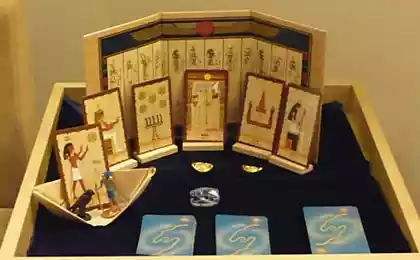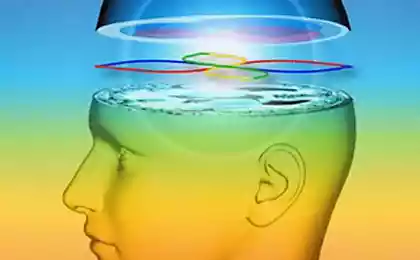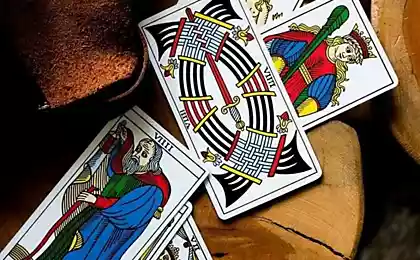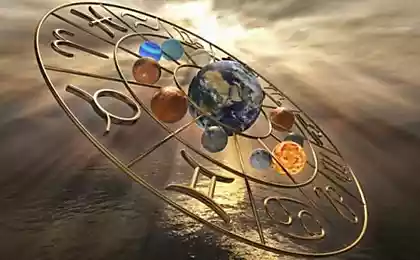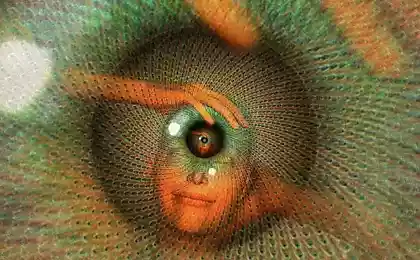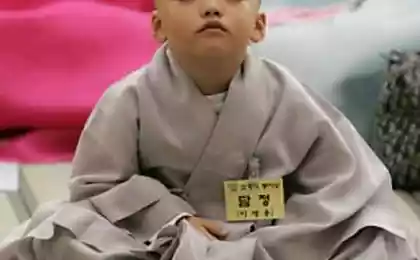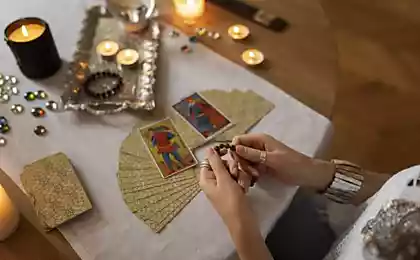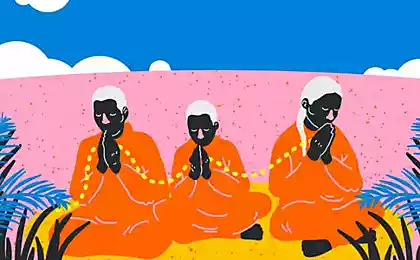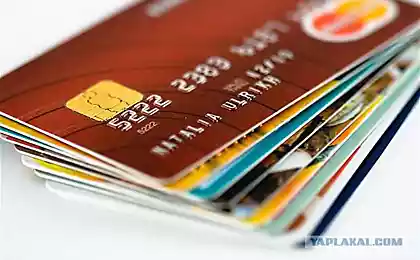796
Tarot Cards: A Psychological Instrument or Mysticism?
Tarot Cards: A Psychological Instrument or Mysticism?
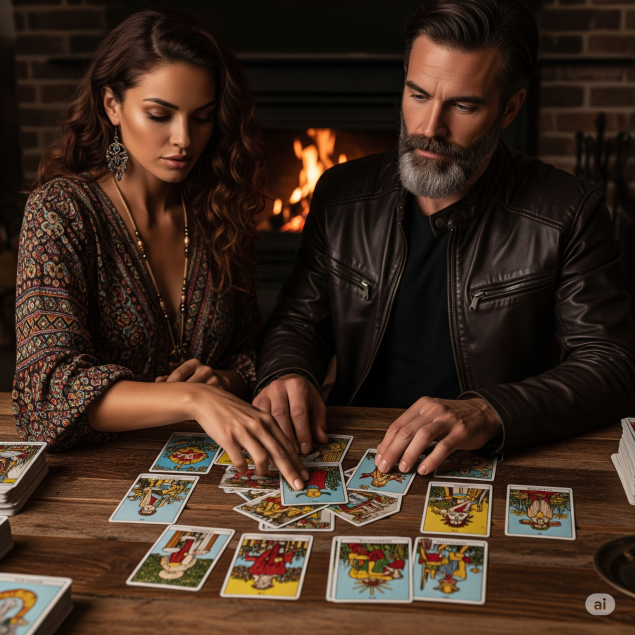
Tarot is not a prediction of the future, but a mirror of the present moment of your soul. Carl Gustav Jung never said these words, but they perfectly reflect the modern approach to the ancient system of symbols.
In a world where psychology meets mysticism, Tarot cards hold a special place. For some it is a tool of divination, for others it is a powerful system of self-knowledge. But what if we looked at the Tarot through the lens of modern psychology and neuroscience? It turns out that behind the vivid archetypal images hides a surprisingly accurate map of the human psyche.
The Tarot system, which originated in the XV century in Europe, was originally used for card games. Over time, however, 78 cards have evolved into a complex symbolic system capable of reflecting all aspects of human experience. Modern research shows that working with tarot cards activates the same brain mechanisms as meditation, creative thinking and psychological reflection.
The Great Arcana: Archetypes of the Collective Unconscious
The 22 Great Arcana maps represent universal archetypes that Carl Jung described as innate psychic structures. Each card corresponds to a certain stage of psychological development and life experience.
A fool symbolizes new beginnings and a willingness to take risks. In a psychological context, it is a state of openness to experience that neuropsychologists associate with prefrontal cortex activity. The magician represents willpower and concentration – qualities that modern science explains the work of executive functions of the brain.
Interestingly, the Grand Arcana sequence reflects the path of individuation, the process of becoming a whole person described by Jung. From the naivety of the Fool to the wisdom of the World, this is the path of psychological maturation that every person goes through.

Small Arcana: Map of everyday experiences
The 56 Minor Arcana cards are divided into four suits, each of which corresponds to a specific area of human experience and psychological functions:
Wands (Fire) symbolize creative energy, ambition and spiritual aspirations. In psychology, this corresponds to the motivational sphere and the need for self-realization according to the Maslow pyramid.
Cups reflect the emotional sphere, relationships and intuition. Modern neuroscience connects this with the work of the limbic system and the right hemisphere of the brain.
Swords represent intelligence, conflict, and communication. This is the field of analytical thinking and left hemisphere work.
Pentacles symbolize the material sphere, health and practical issues. It meets basic needs and bodily intelligence.
Practical example: The "One Card" layout
The simplest way to use the Tarot for self-discovery is to play a single card. Imagine that you are in a difficult life situation and do not know what to do.
Work algorithm:
- Formulate the question clearly and specifically
- Shuffle the deck, concentrating on the question
- Pull one card.
- Study symbols and images on the map
- Think about the associations they cause.
- Link the card value to your situation
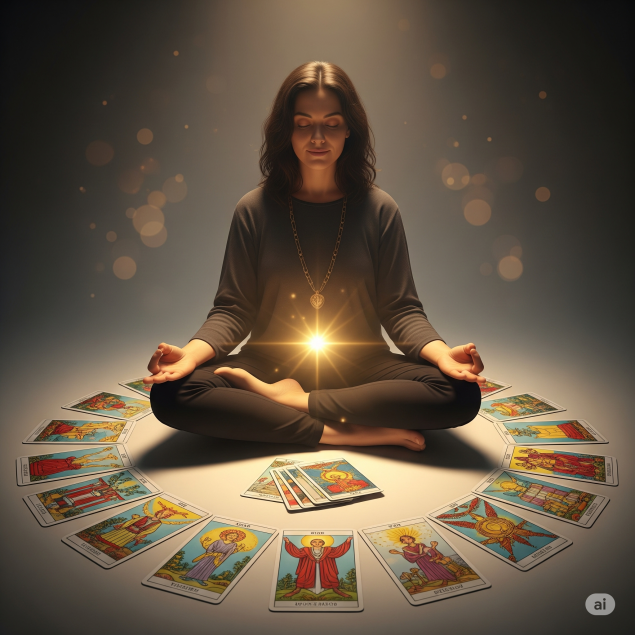
Scientific Explanation of Tarot Effectiveness
Why are tarot cards so effective for self-discovery? Modern psychology offers several explanations:
The Barnum-Forer effect: People tend to accept vague and general descriptions as accurately characterizing their personality. However, in the case of the Tarot, it works as a catalyst for introspection.
Projective mechanism: As in the Rorschach test, card symbols serve as a screen to project inner experiences. A person sees in the cards what is relevant for his mental state.
Meditation: The process of working with cards plunges into a state similar to meditation, which activates creative areas of the brain and promotes insights.
A 2019 study from Stanford University found that working regularly with symbolic systems improved emotional intelligence and reflectivity by 23 percent.
Tarot as an instrument of psychotherapy
Modern psychotherapists are increasingly using tarot cards in their practice. This has nothing to do with predicting the future – maps are a tool for exploring the client’s inner world.
Dr. Arthur Rosengarten, author of Tarot and Psychology, notes that cards help clients express things that are difficult to put into words. Visual images activate the right hemisphere of the brain, responsible for intuition and creative thinking.
Lifehacks to work with Taro
1. Keep a calendar diary. Write down your maps and your interpretations. After a month, you will see patterns in your thoughts and emotions.
2. Use the “dialogue with the map” technique Imagine that the card is a living creature, and ask it a question. The answer will come from your subconscious.
3. Meditate on one card per day This will help to better understand the symbolism and develop intuition.
4. Study maps in the context of different cultures This will increase the understanding of archetypes and their manifestations.
Critical perspective and limitations
It is important to understand the limits of tarot. Maps do not predict the future and do not provide ready-made answers to complex questions. They only help to structure thoughts and look at the situation from a new angle.
Psychologist Daniel Kahneman warns of the dangers of the "illusion of understanding" - when complex life situations seem simple after symbolic interpretation. Tarot should be used as an additional tool for thinking, not as a substitute for critical thinking.
Conclusion: Tarot in the XXI century
In the era of digital technology and the fast pace of life, Tarot cards offer a unique opportunity to slow down and look inside yourself. They will not replace occupational psychotherapy or medical care, but they can be a valuable tool for self-discovery and personal growth.
Modern psychology recognizes the importance of symbolic thinking for mental health. Tarot, as a system of universal symbols, helps people better understand themselves and the world around them. Ultimately, the most important thing about maps is not their mystical power, but their ability to awaken a person’s inner wisdom.
Glossary
Universal images and symbols present in the collective unconscious of all people, regardless of culture and era.
22 Tarot cards representing basic life lessons and spiritual principles. From Fool (0) to Mir (XXI).
56 cards, divided into four suits, reflecting everyday situations and practical aspects of life.
The process of psychological development aimed at integrating the conscious and the unconscious to achieve the integrity of the individual.
A psychological mechanism in which a person transfers his inner qualities, feelings or motives to external objects.
The Barnum-Forer effect is the tendency for people to accept vague, general descriptions of a person as accurately characterizing them.
A specific scheme of tarot cards, where each position has its own meaning and interpretation.
A method of psychological research based on self-observation of one’s mental processes.
